Add a pitch mod and line-in to a brand new, inexpensive tape player
Okay, so I learned how to make loop tapes for use with my 4-track, but I wanted to add some simple stereo looping cassette decks to my live rig. With my 4-track, I use the FX sends to add a bunch of reverb and delay, and sometimes you don’t want or need sounds to be drenched in FX, like drums for example. So after building a “The Sound of Machines” modified cassette player tutorial, I figured I could start modding cassette walkmans. I only found one at a local thrift store, but it lacked many of the record features, but it seems like all the tape loop artists love the Byron Statics walkman – and the LOUD colors variants are just a bonus. So here’s my documentation on how to add a simple pitch potentiometer and a 3.5mm mono line-in.

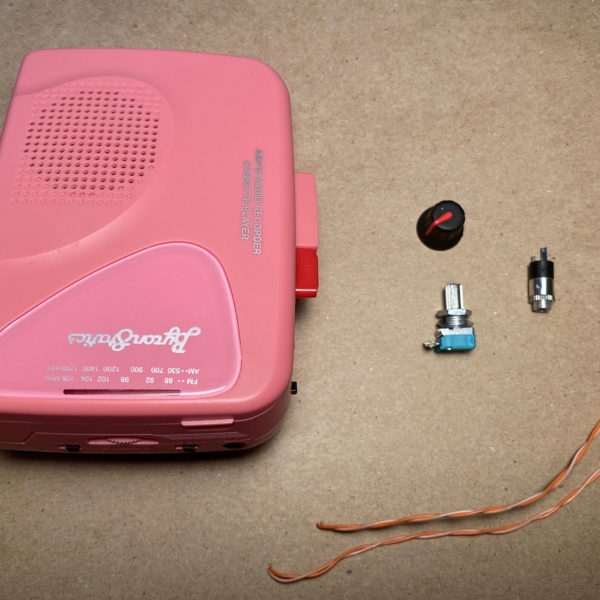

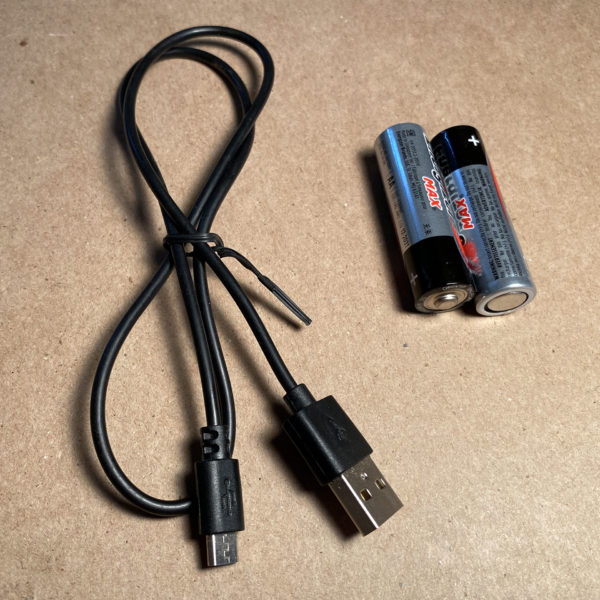
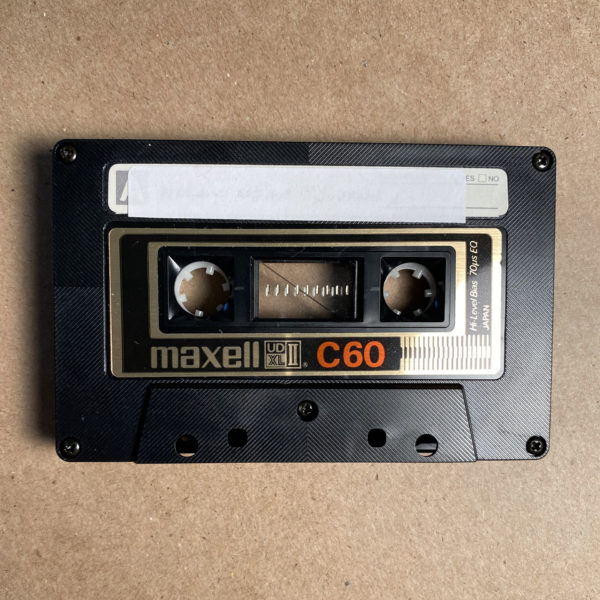
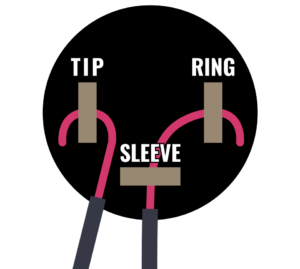
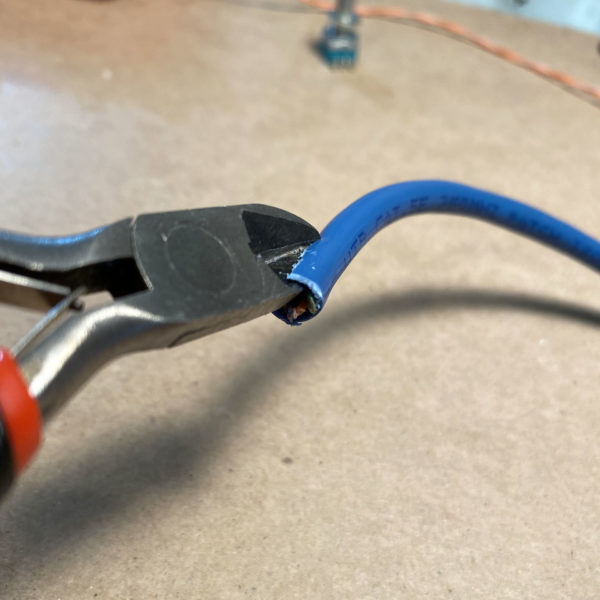
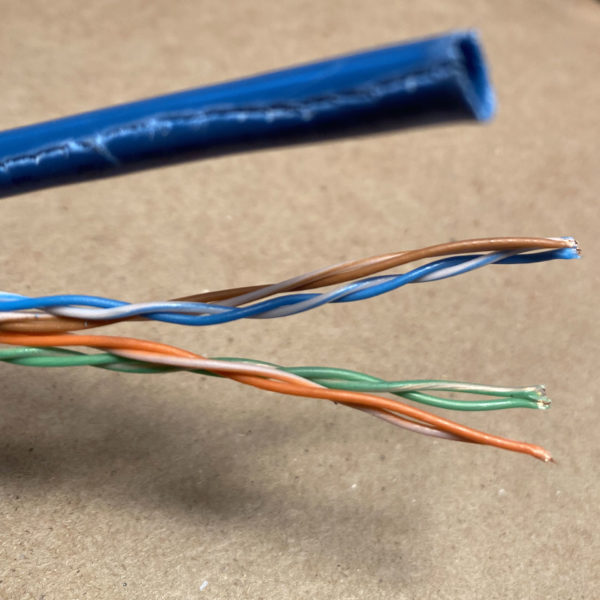
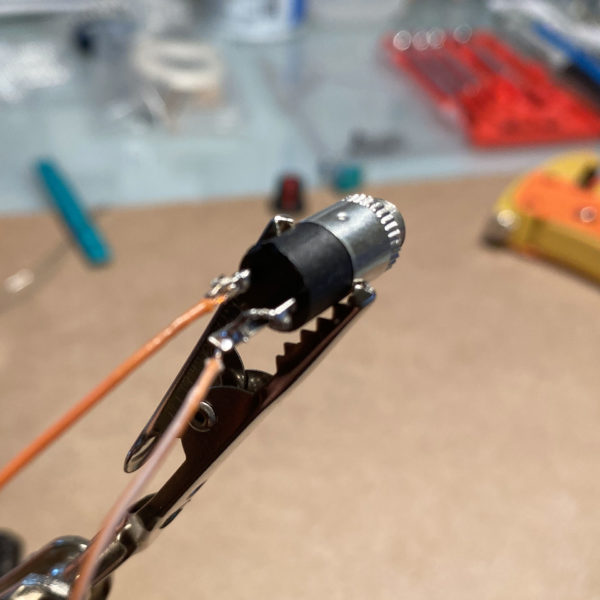
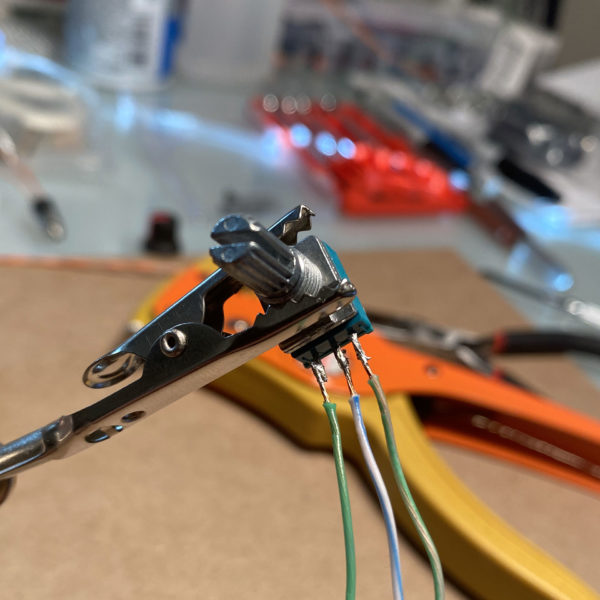
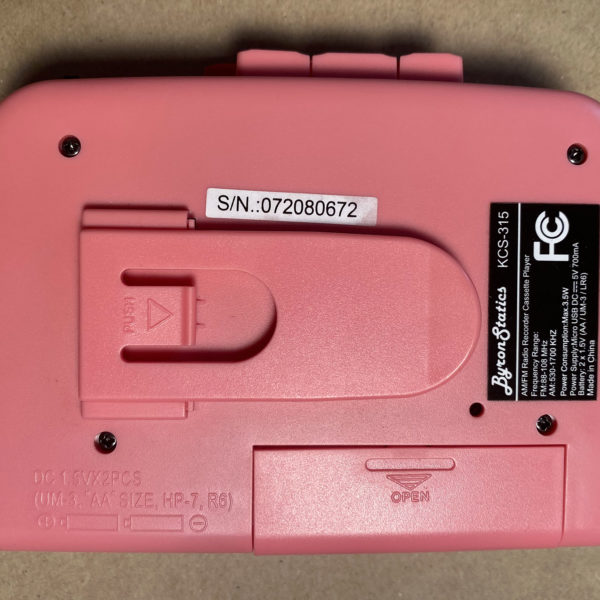
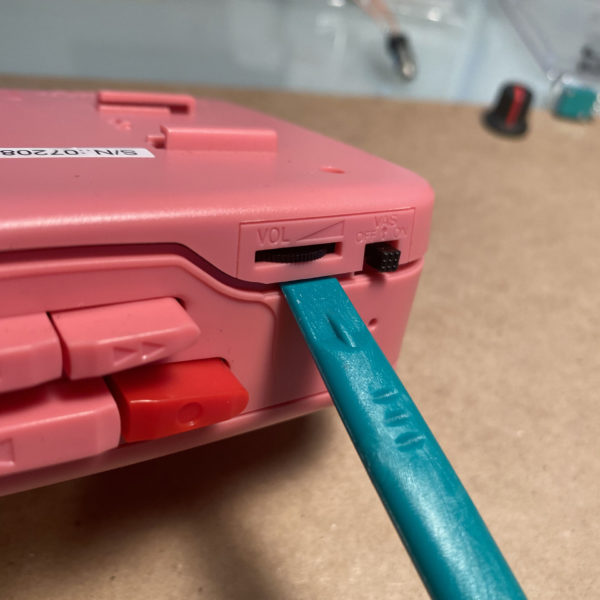
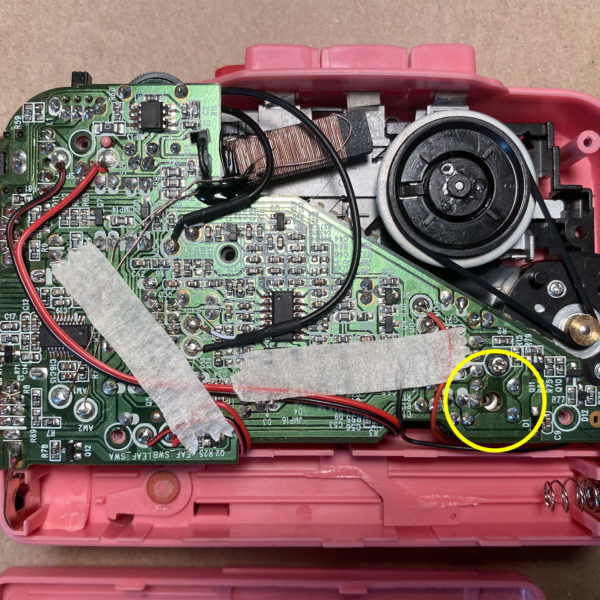
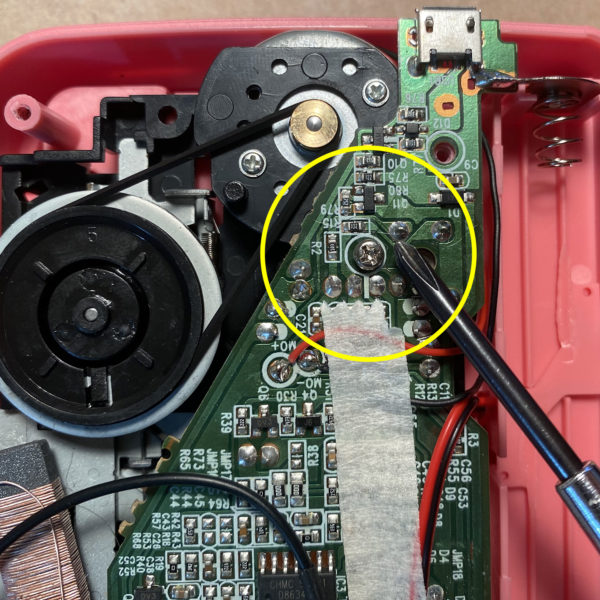
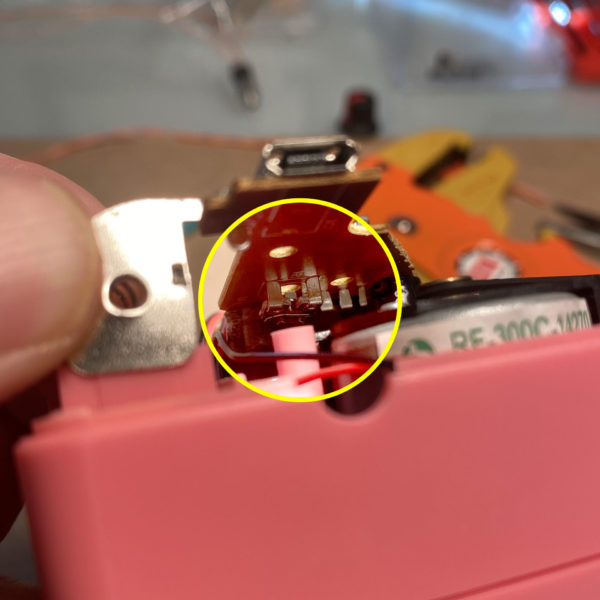
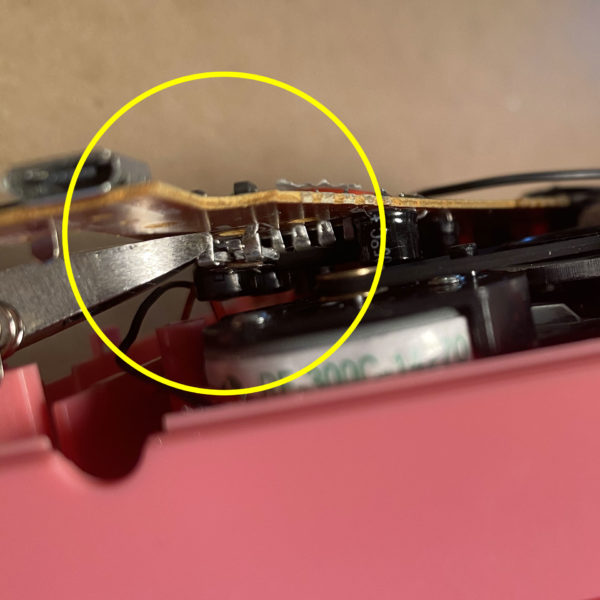
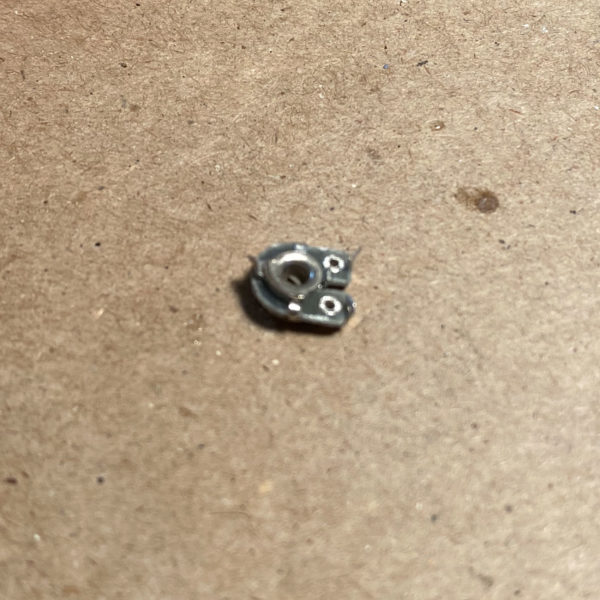
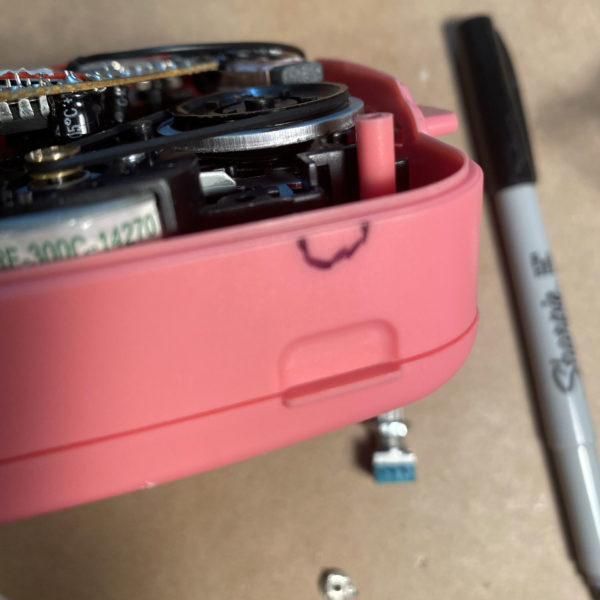
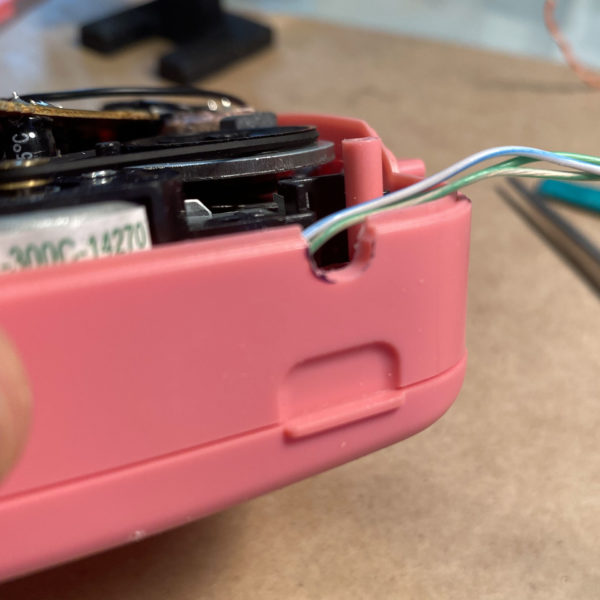
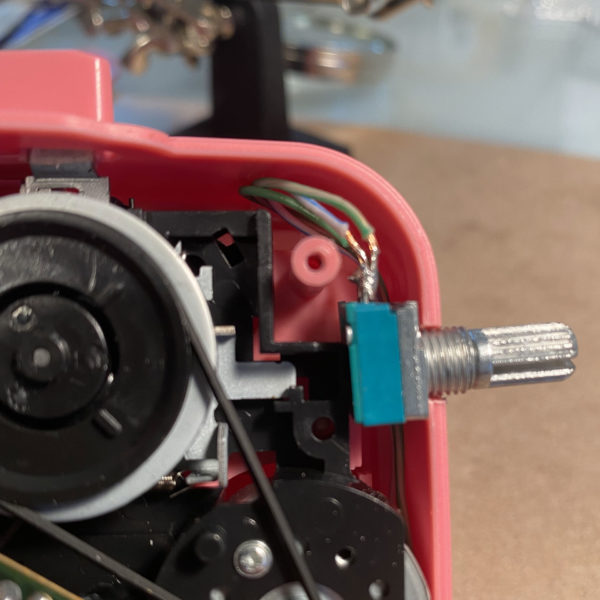
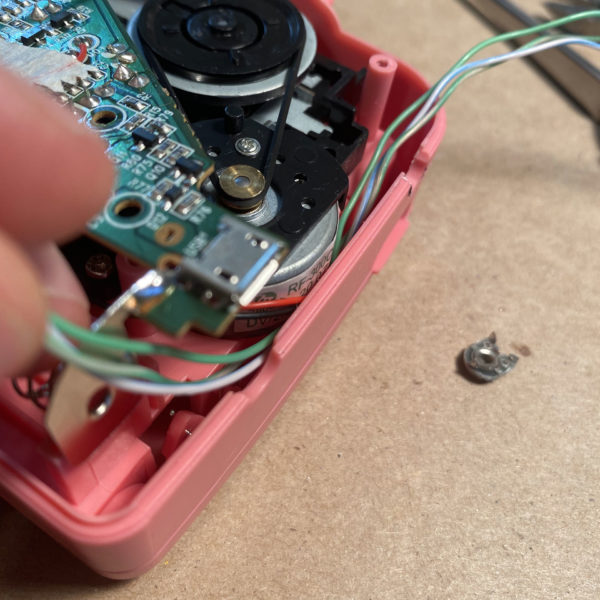
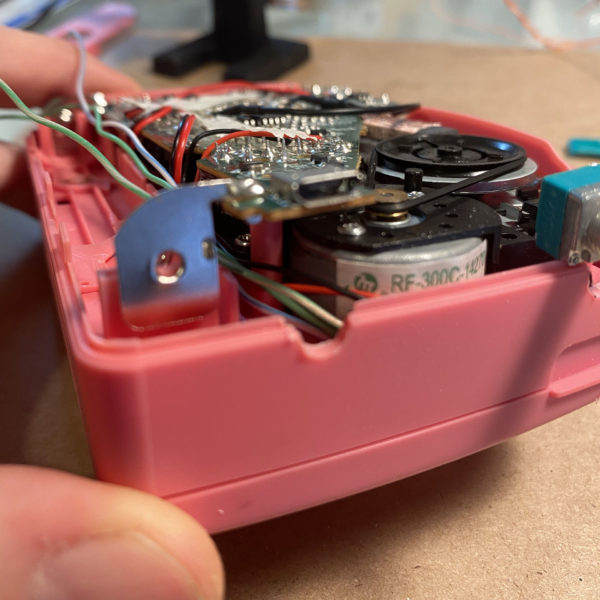
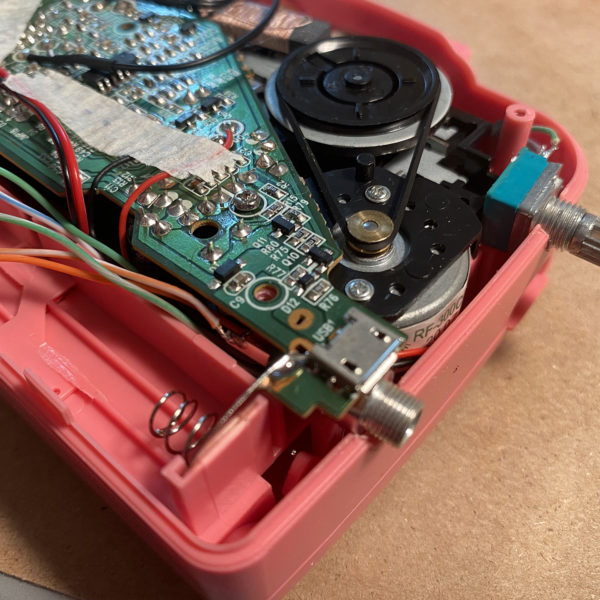
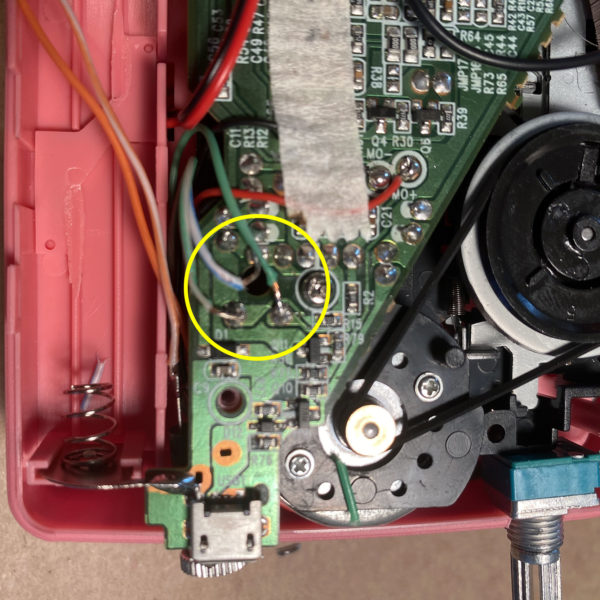
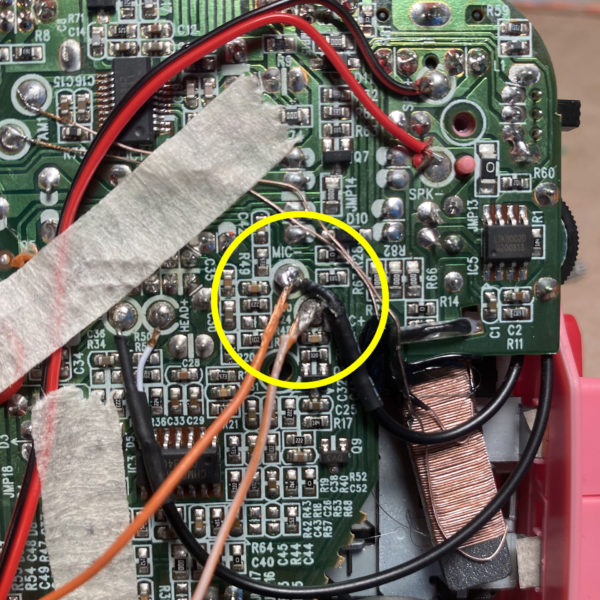
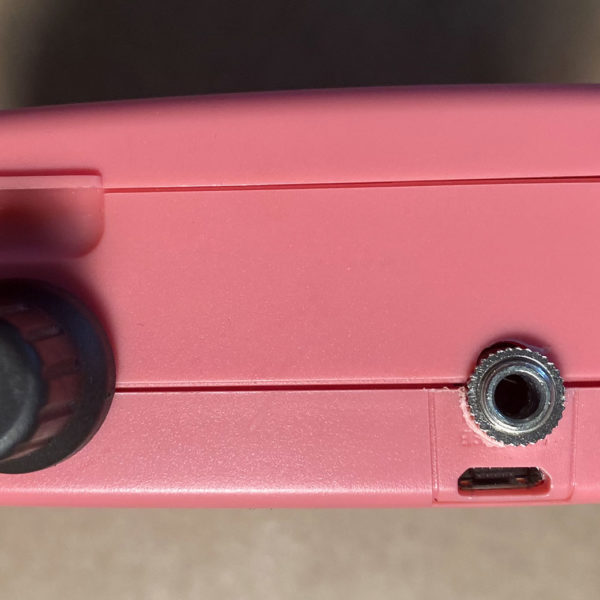
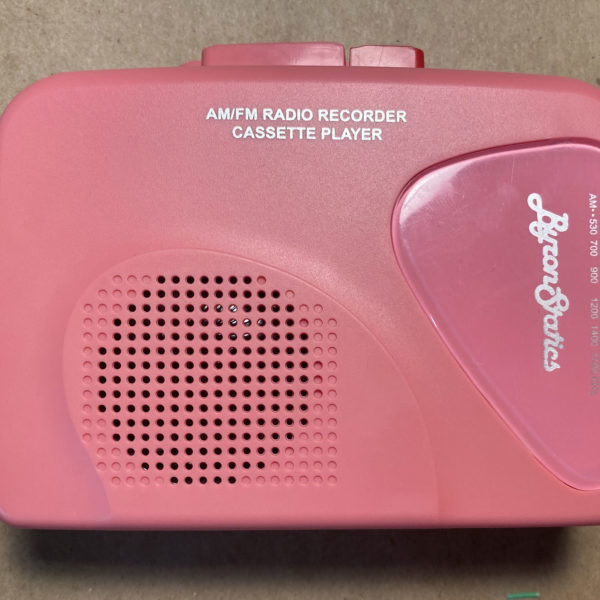
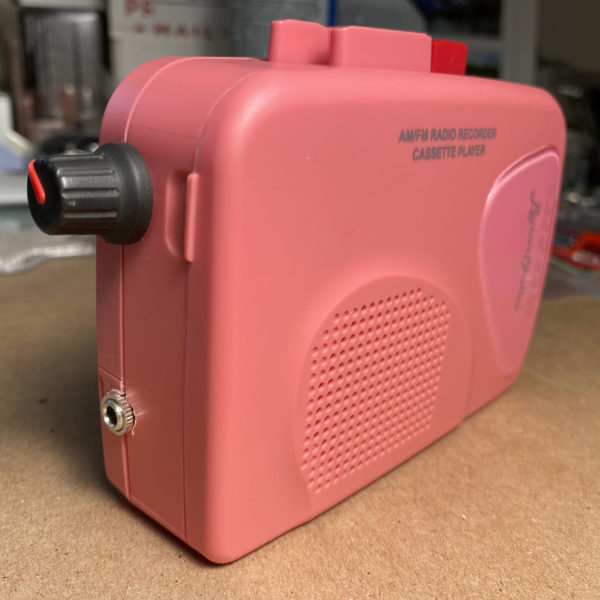
Just wanted to say thanks for these excellent resources! I made some tape loops and your blog had the best info. And I was hoping to made a modded cassette player…and now you have that too, excellent!
Thank you so much for this walkthrough. I’ve done the pith mod as well as adding cv in to the motor and the amp since reading this and those inputs work very well. How does the line-in sound? I’ve added the jack to one of these before, but the recording was both quiet and ridiculously distorted. Do you have any suggestions?
Hi Billy!
The line in will need a very low level input to avoid distortion. If you want to match the levels a bit better, you’ll have to add a resistor to the line-in to bring the signal level down. Unfortunately, I’m not sure what the exact resistor value should be. Admittedly, I’m a bit of a “hack” when it comes to circuit bending. A lot of trial and error.
I’ve done something similar adding a line-out to a circuit bent toy, to bring the output volume down to a reasonable level. Perhaps, I’ll revisit this tutorial and figure out the resistance that would bring the level down a bit. It’s also worth noting that since we’re just tapping off the on-board microphone, so the audio you’re capturing will likely be a mix of ambient room and line-in.
I did a quick search and found this article describing how to add a “40 dB L-pad attenuator” to your line-in. But basically you put a 10 kohm resistor in series, and then a 100 ohm resistor to ground.